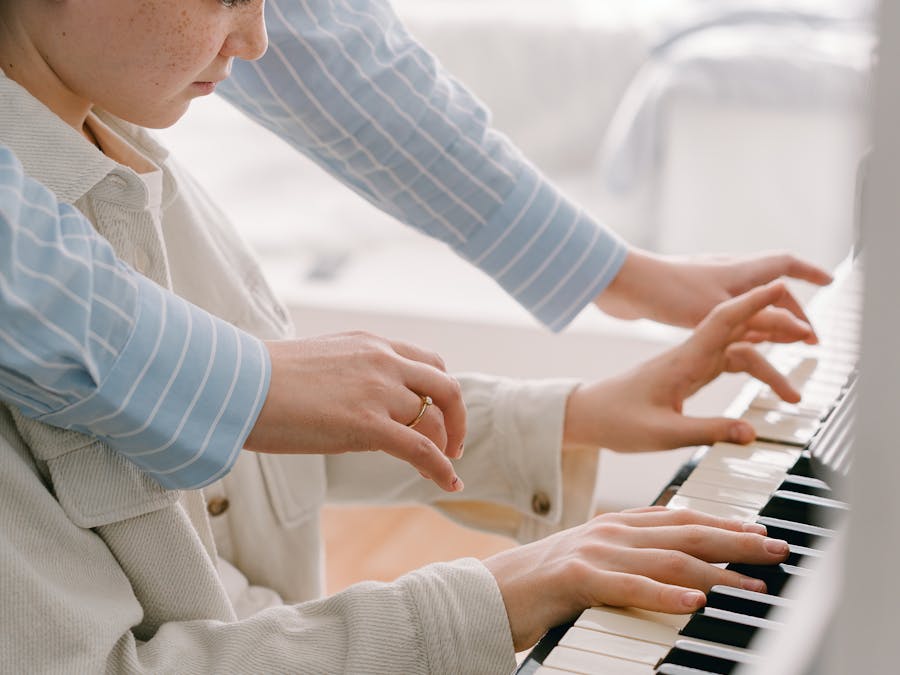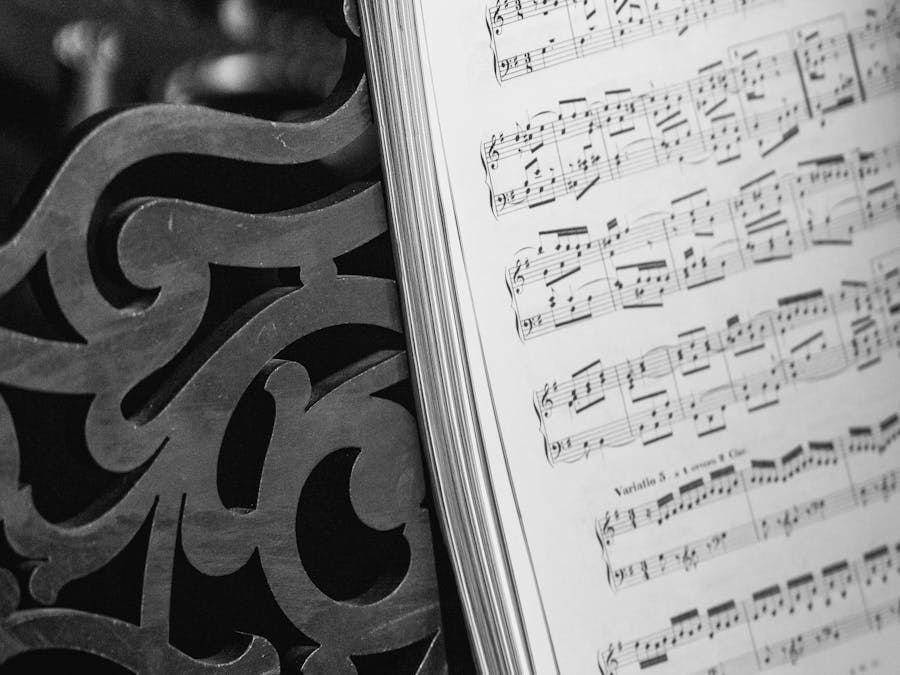 Piano Guidance
Piano Guidance
 Piano Guidance
Piano Guidance

 Photo: Thirdman
Photo: Thirdman
The black keys are in groupings and help us quickly identify the note names of the white keys. Out of these 12 notes, artists and composers usually choose from patterns of 7 main notes (called scales or modes) to compose their music.

In short: If your digital piano has a USB host port, you will need a USB B to A cable to connect with your Android device. If the piano has a MIDI...
Read More »
A keyboard can have non-weighted or weighted keys, and the sound is from either MIDI or a built-in speaker. Keyboards are in no way like a real...
Read More »Let’s start with a quick funny experiment: take a blank piece of paper and try drawing a piano keyboard without looking at one. (don’t look at the pic above this post – no cheating!) Did you get it right? Remember how there was a similar experiment when people were asked to draw a bicycle and some of these drawings came out hilariously wrong? Chances are that your piano keyboard didn’t come out quite right either, but no worries, we’ll make you understand it once and forever, after explaining all the keys in depth.

The main difference between jazz and classical is that jazz taps into the improvisational side of things more than classical music. It's not...
Read More »
7 Qualities of the Best Piano Players Excellent Work Ethic. Every single piano player knows what it's like to face challenges. ... Attention to...
Read More »The earliest keyboard instruments were small pipe organs. These early keyboard instruments had all 12 notes right next to each other. They were also laid flat on the same level and were made out of natural wood. As more notes and keys were added for lower and higher registers and with all keys looking exactly the same. There way no way to discern one key from another, which made finding the right keys quickly very difficult, if not impossible! Early instrument designers realized that there needed to be some landmarks that would allow the players to instantly see the notes without having to count them from the bottom each time. Their amazing solution was to separate the 12 keys into groups of 7 and 5 and make them look somewhat different. Separating the keys into two groups of 6 wouldn’t have worked as the pattern would be too small and simple to create bigger landmarks, or too much repetition, so they chose a 7 and 5 pattern! All of the notes without # in their name became the lower keys, and all of the notes with the # in the name were slightly raised from the others. In these early days, the black keys were the ones that were lower and white keys were higher- so the colors on the piano were reversed! It still works like that on another keyboard instrument called the harpsichord. Feel free to search for some pictures of a harpsichord on Google. You may think that switching the colors is a drastic change for anyone playing the keyboard, but amazingly enough, a musician’s brain makes the switch nearly instantly and piano players do not feel strange playing the harpsichords. Back to the keyboard layout. Now we have a pattern of alternating groups of 2 and 3 black keys that very clearly separates the keyboard in octaves (groups of 12 keys) and makes it possible to find each individual key quickly. For example, if you need to play G you just memorize that it is located between the first 2 black keys in the group of 3 black keys. Or if you need to find D# you just need to memorize that it is the right side black key in a group of 2 black keys.

Children are growing new brain cells all the time, so when they're learning music, some of those brain cells are devoted to playing their...
Read More »
22 Unique Ways to Continue to Learn Without Going Back to School Listen to a financial podcast. ... Forget happy hour and take a pottery or...
Read More »So how can you draw the piano keyboard if you ever need to? Simple: first draw the white keys of the same exact width and then add the black keys right in the middle of the white keys. Not in the middle of all white keys though!

The piano is one of the most difficult and rewarding instruments to learn; not only do you have to learn to read notes and translate them to the...
Read More »
You can scan any kind of sheet music into MuseScore with PlayScore 2. Because this app handles all the minute details like slurs, dynamics and...
Read More »
Pianoforall is one of the most popular online piano courses online and has helped over 450,000 students around the world achieve their dream of playing beautiful piano for over a decade.
Learn More »
One piano lesson a week is enough for most people. In some cases, more than one lesson per week can be recommended. For example, a second lesson...
Read More »
I-V-vi-IV So many songs are based on the same common chord progressions. This progression is called “the most popular progression” for a reason....
Read More »